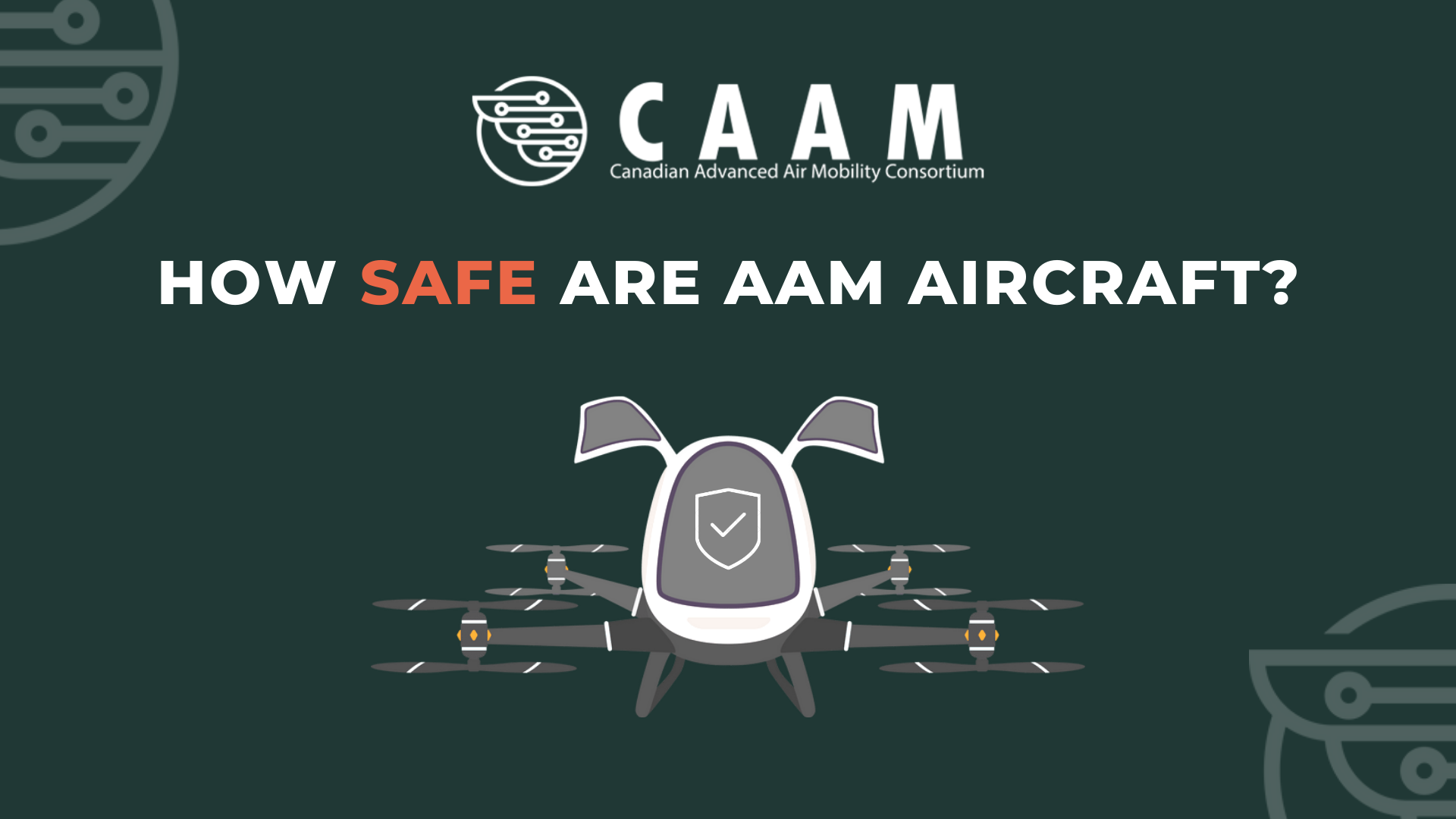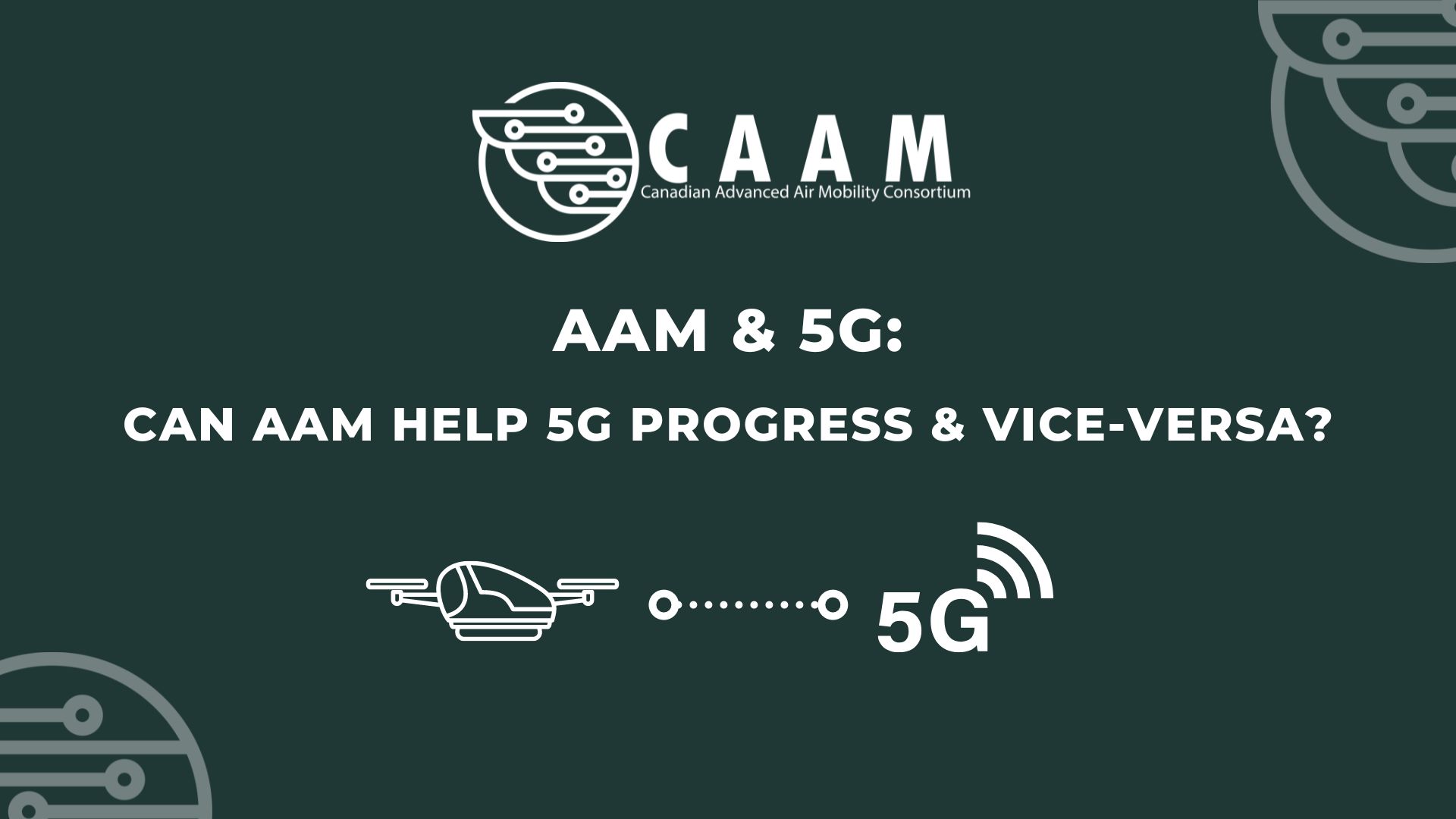 Some people are hesitant to fly in airplanes today, although aviation has long been the safest mode of transportation. But how secure will these new aircraft being introduced with Advanced Air Mobility (AAM) be? We thought we’d write this article based on today’s information about these new aircraft.
Some people are hesitant to fly in airplanes today, although aviation has long been the safest mode of transportation. But how secure will these new aircraft being introduced with Advanced Air Mobility (AAM) be? We thought we’d write this article based on today’s information about these new aircraft.
Having a pilot on your current flights is reassuring. With these new AAM vehicles aiming for flying without a pilot eventually, understanding how they’re going to get there safely is essential for the people hoping to use this new technology to understand.
Aircraft are the safest mode of transport because, since the beginning, it was clear that there was no margin for errors—unlike a car, for example. That’s why manufacturers build aircraft with redundant systems. And AAM aircraft are following the same path. For instance, CORA has 12 independent rotors. Does it need the 12 to work? No. But all aircraft need to have redundant systems to ensure mid-air safety.
However, this article won’t focus on what CTOLs and STOLs already have, and AAM is adapting. Here, we’ll focus on technologies that ensure drones and VTOLs are safe to fly mid-cities.
How safe are AAM aircraft? The technology behind collision avoidance systems
Did you know that the number one cause of aerial incidents is human error? That’s why Wisk decided to make CORA an uncrewed electric VTOL.
When it comes to autonomous drones and VTOLs, the biggest challenge faced by manufacturers is how to ensure they’re safe to fly in crowded environments such as the middle of a city. CTOLs and STOLs don’t have to worry about things such as buildings and power lines during flight because they’re far away from the ground. However, AAM drones and VTOLs will constantly fly lower than the highest buildings in your city. So manufacturers have to think about how to avoid collisions.
As Aijaz Hussain, Vincent Rutgers, and Tim Hanley write in Deloitte Insights,
[AAM has to have an] Advanced detection and collision avoidance system. The established infrastructure for aircraft to communicate is expanding, with systems such as ADS–B (automatic dependent surveillance-broadcast) that show other aircraft currently aloft. But to make on-the-fly decisions and ensure passenger and cargo safety, autonomous eVTOL aircraft would need to be able to see even farther ahead. Enhanced detect-and-avoid technology that uses micro or millimetre wave technology is needed to (a) accurately identify and measure objects over longer distances, especially in difficult terrain and unsafe operating environments and (b) assist in real-time decision-making to establish safe navigation during bad weather conditions.
And the in-flight technology that exists today already has a strong track record of ensuring safety, using a variety of sensors. We’ve included a few of these sensor technologies below to give you a sense of these technologies already in use.
- Stereo vision sensors: Stereo vision works similarly to 3D sensing in human vision. Stereoscopic vision calculates depth information by combining two-dimensional images from two cameras at slightly different viewpoints;
- Ultrasonic sensors (Sonars): An Ultrasonic sensor sends out a high-frequency sound pulse and then times how long it takes for the echo of the sound to reflect. The ultrasound sensor has two openings. One of these openings transmits the ultrasonic waves (like a tiny speaker), and the other opening receives the ultrasonic waves (like a small microphone). Submarines use sonars to locate themselves underwater, and the inspiration to create this technology came from observing bats;
- Time-of-Flight sensors: A Time-of-Flight camera consists of a lens, an integrated light source, a sensor, and an interface. Those four components capture depth and intensity information simultaneously for every pixel in the image, making it extremely fast with high frame rates creating highly accurate depth information;
- Infrared sensors: Similar to the Sonar, the Infrared (IR) works by emitting and getting information back. But where the Sonar uses sound, the IR uses an infrared ray to locate possible obstacles;
- LiDAR sensors: A LiDAR sensor calculates distances and detects objects by measuring the time it takes for a short laser pulse to travel from the sensor to an object and back, calculating the distance from the known speed of light;
- Monocular vision sensors: Monocular sensors capture images through a single-lens camera. It’s a 3D depth reconstruction from a single still image.
Information found on Dronezon.
And those are only a few of the technologies currently available for collision avoidance. As drones and VTOLs progress and become more common in our day-to-day, Academia and Industry will unquestionably create even more fantastic solutions for collision avoidance systems.
Geofencing
Geofencing is one of the most critical features in RPAS and autonomous aircraft. As the website geofencing.com defines,
Geofencing is the act of creating a virtual a virtual boundary around a geographic area. This boundary, known as a geofence, can be paired with a software application to trigger various pre-programmed actions using GPS, RFID, Wi-Fi, or cellular data.
Click here to watch a video by former University of British Columbia’s Ryan McKeown that explains a little more in detail about the technology and its uses beyond AAM.
Geofencing matters for AAM because it creates exclusions zones. With geofences in place, there’s no risk of a drone or a VTOL entering an airport’s airspace, reducing the risk of a catastrophic collision, for example. Geofences would also stop AAM aircraft from entering military bases, power stations, nuclear stations, and other dangerous places. And because geofences are not physical, it’s easy to assemble and disassemble, giving the opportunity of temporarily closing certain areas or regions.
Page three of NASA’s STEM LEARNING: Advanced Air Mobility: What is AAM? Student Guide covers a little more about how AAM can use geofencing technology.
With all the sensors and geofencing, AAM is simply building its safety upon the already safest mode of transportation. So the answer to the question “how safe are AAM aircraft?” is “a lot!” As JR Hammond highlights in this interview, AAM is a new technology. And this new technology requires incredible safety levels to ensure that people can trust it well enough to get on a flight themselves or have these flights overhead. It falls on our industry building these aircraft and our Canadian regulators to work together to ensure that the safety record of aviation continues.
By Giovani Izidorio Cesconetto


